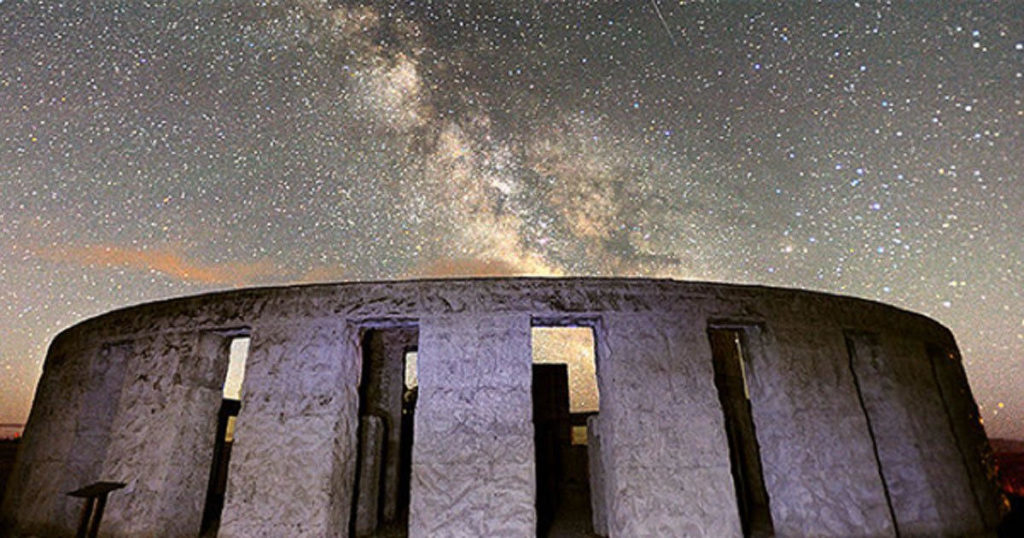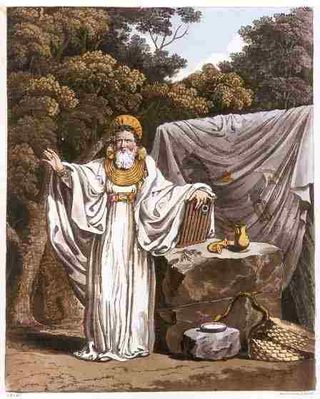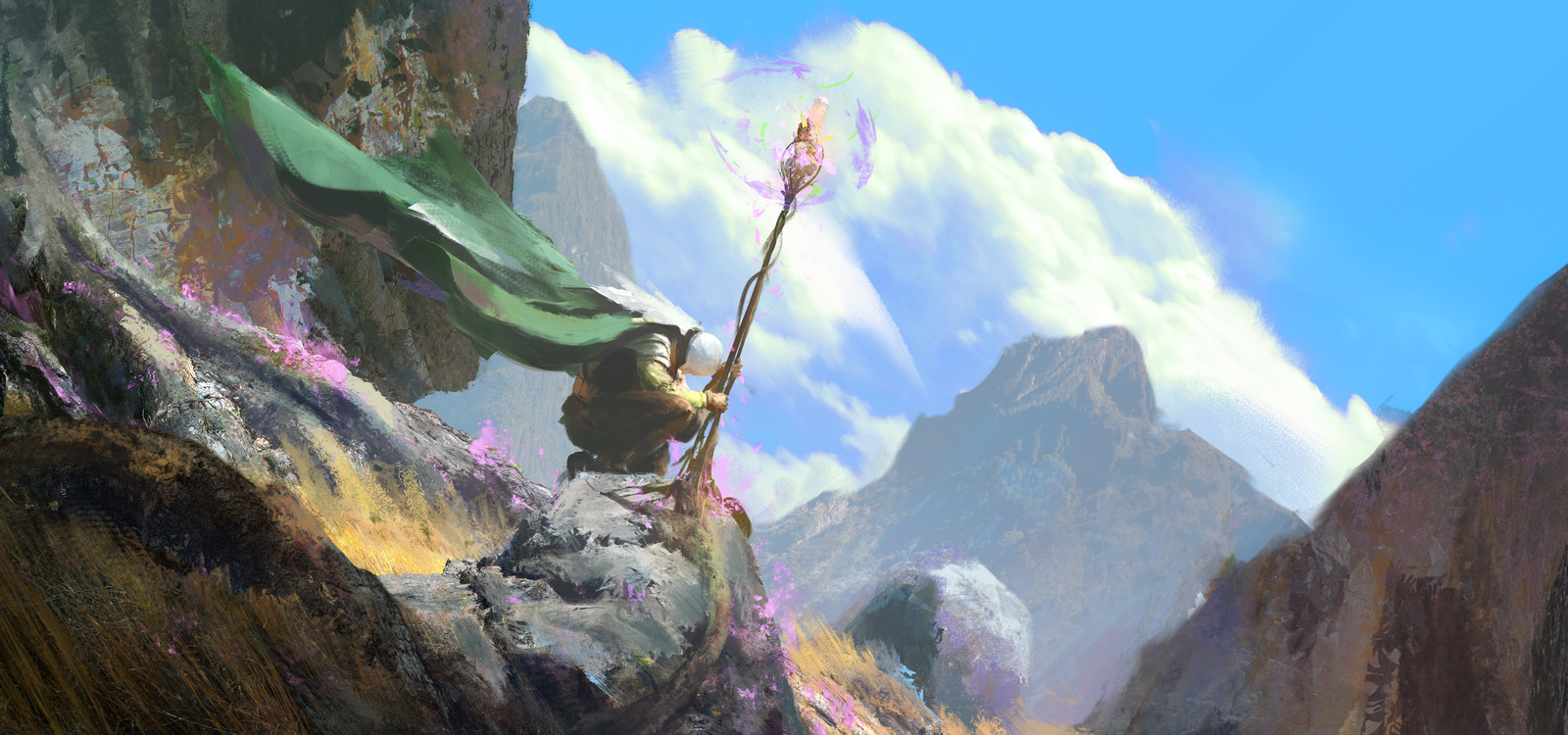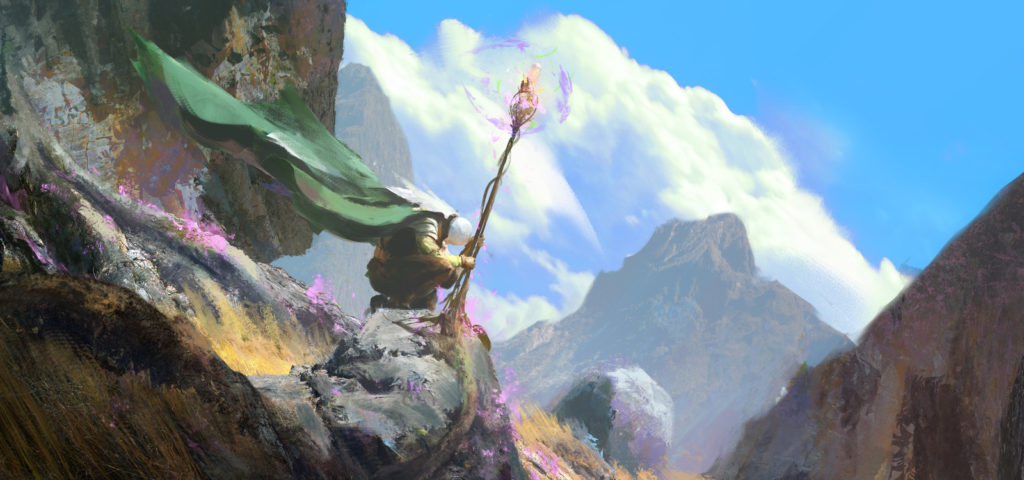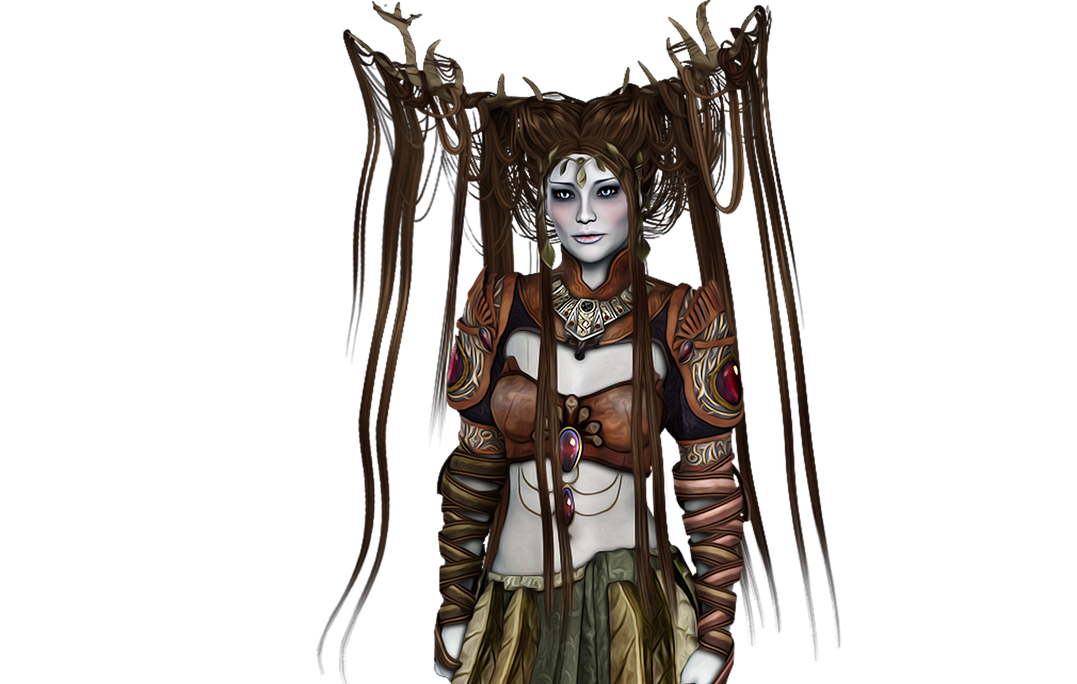
Hurin wanted Rolemasterblog to tackle the Warrior Mage next, so I put aside my blog on the Mystic and spent some time reviewing and thinking about the Warrior Mage. I can’t recall any of my players choosing a Warrior Mage, but I know that the Warrior Mage is VERY popular among players and controversial as well. Hurin is doing a rebuild of WM spell lists and is a proponent in general, so I thought I would take an opposing view of the profession!
One of the first issues for me, is that the Warrior Mage doesn’t feel like a “Profession” like other RM semi-spell users. Instead it’s really a multi-class, A Fighter-MU that combines the 2 most popular PC aspects: combat and elemental attack spells. Not only does it merge the best of 2 classes, but it fully embraces the Fly, Sleep, Charm, Fireball cornerstones of the fantasy Magic-User.
What’s in a name? Most RM Professions carry an implied conceptual design with their name–a topic we visit with these blog posts. Most people have a clear concept of a character when they hear words like: Bard, Ranger or Paladin. These Profession names evoke class tropes, literary references and a skill and power framework. We don’t call a Ranger a “Animist/Fighter” or a Paladin a “Cleric/Fighter” even if those descriptions are technically accurate. Profession names carry enough referential information that we can even argue over skill cost minutia. Of course some of these Professions imply a setting or specific social construct but the Warrior Mage does none of that. What do you think of when you hear Warrior Mage? Probably that it’s a great character because there is both fighting ability and useful spells–but what’s the context? It’s merely a Chimera–a combination of two primary ABILITIES, but without any conceptual framework. While we may disagree on small details of varying Professions, we immediately get the concept of an “Astrologer”, a “Beastmaster”, a “Dervish” or a “Moonmage”. There is connotation. I just don’t get that with a Warrior Mage. To me, it feels like a work-around and a class designed by a player not a GM. A RM Magician can already allocate DPs to learn combat skills–the Warrior Mage just accelerates and amplifies that outside of the game balance. The Warrior Mage spells feel cherry picked for power and utility–in some ways they feel BETTER than the Base lists of the pure Magician spell caster!
Spell lists picked and designed by a player. There are several versions of a Warrior Mage, but let’s stick to the original in RMCOII. In this version, the Warrior Mage receives 3 Base lists and a suggestion for a 4th: Minds Touch, Elemental Ways and Highriding. The 4th suggestion is Body Renewal, a Monk base list. If a player could individual choose spells and put them into their own lists, I’m not sure you could do better than these. I’m not making a argument for the inherent power of the spell lists–I realize that there is an argument that they are “overpowered”. I just don’t like the incredible bias of these lists.
Minds Touch. Basically combine Spirit Ways with Telekinesis and you get the 4 incredible spell abilities: Charm, Sleep, Telekinesis and Telepathy. All great for in-game use!
Elemental Ways. Why bother with a handful of Elemental Spell lists organized by the Element, when you can just bundle the ALL the best spells of a Magician into a single Base list! Fireball, IceBall, Fire Bolts, Ice Bolts, Water Bolts, Shock Bolt at 2nd level and Lightning Bolt by 12th.
Highriding. My favorite! Flying, Longdoor, a Tensers Floating Disc and even Teleport. Wow!!!
The final suggested list is Body Renewal–a Self Healing list that rounds out the Warrior Mage as virtually a self-sufficient offensive machine. While the WM base lists don’t have spells from 16-20 why bother? Most games seem to run at player levels less than 15th, allowing the WM to put together a basket of great spells by 10th.
Profession as a Trope. So I want to return to the Warrior Mage as a template beyond a Fighter-Magic User or semi spell user/Essence. I’m not opposed to a simple Essence semi-user, but that doesn’t really fit into the RM system does it? Is there a better set of spell lists that aren’t: a teenager’s masturbatory idea of a PC; imbue the Profession with a concept or connotation like other Professions?
I’m going to think about this further. Since I can already build a Magician that spends Development points on a combat skills (yes, at a high cost), I want to see a Warrior Mage concept that is unique or inspires roleplaying ideas. Of course, I always think of Professions in relation to Shadow World–in that setting there are some ideas that could make great templates for a WM: Cloudlords, Xiosans or the Guarla of the Raven Queen. Any of those might work as an organization of Semi-Essence professions, albiet with specific organizational spell lists rather than the RMC II Base. I’m interested in seeing what Hurin comes up with! What are your thoughts?




